Sigma 30mm F1.4 – Never too late
First of all, allow me to thank Mr Lawson from Sigma Marketing (Singapore) for loaning me the Sigma 30mm F1.4 Contemporary DC DN lens for a review. I appreciate his support in making this review a reality.
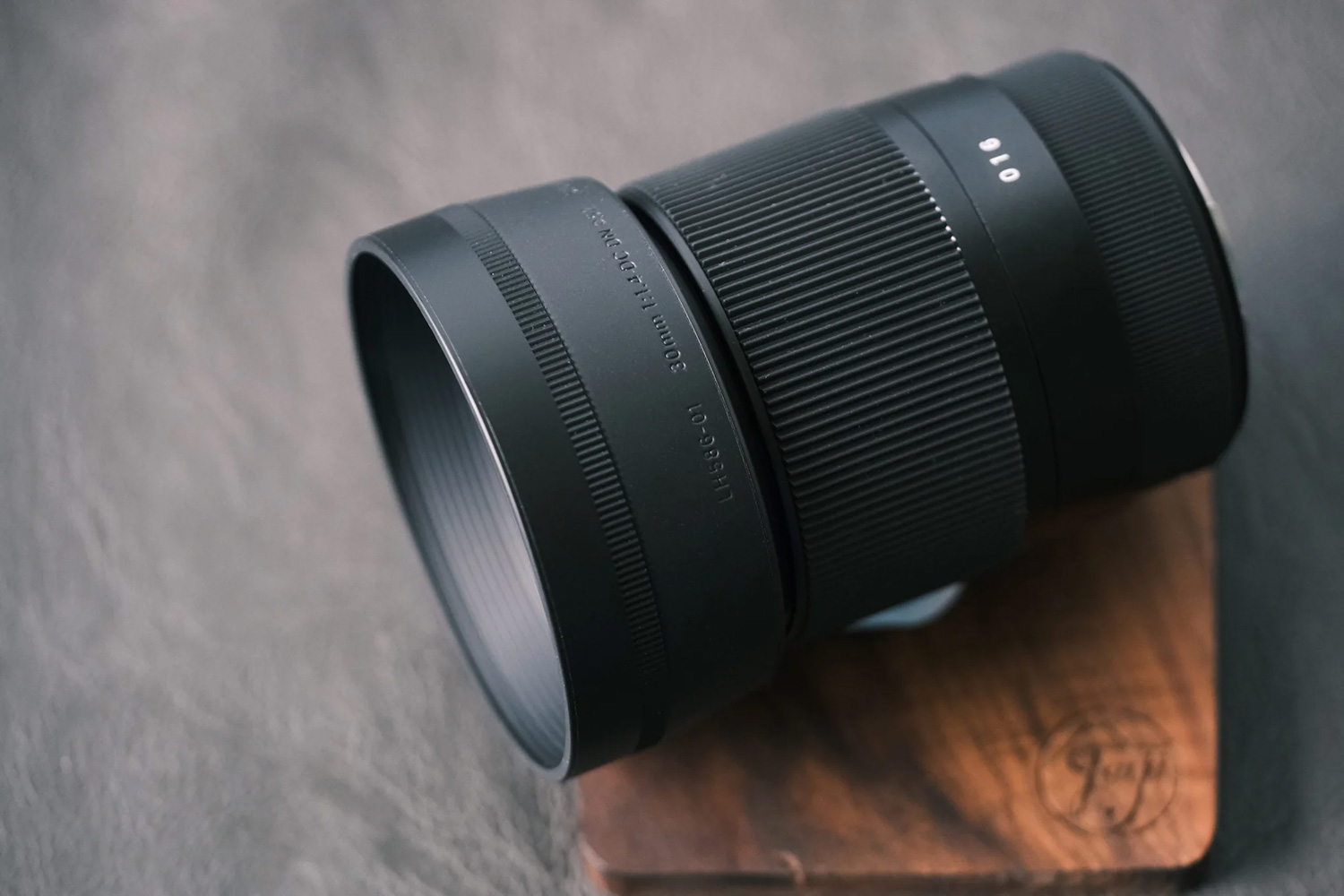
Intro
The Sigma 30mm F1.4 Contemporary DC DN (I will just call it Sigma 30mm in short for the rest of the review) was announced back in February 2016. It was introduced with various mounts (i.e. EF-M, M43, E-mount and Leica L). 6 years later, X-mount is the latest mount in the Sigma family.
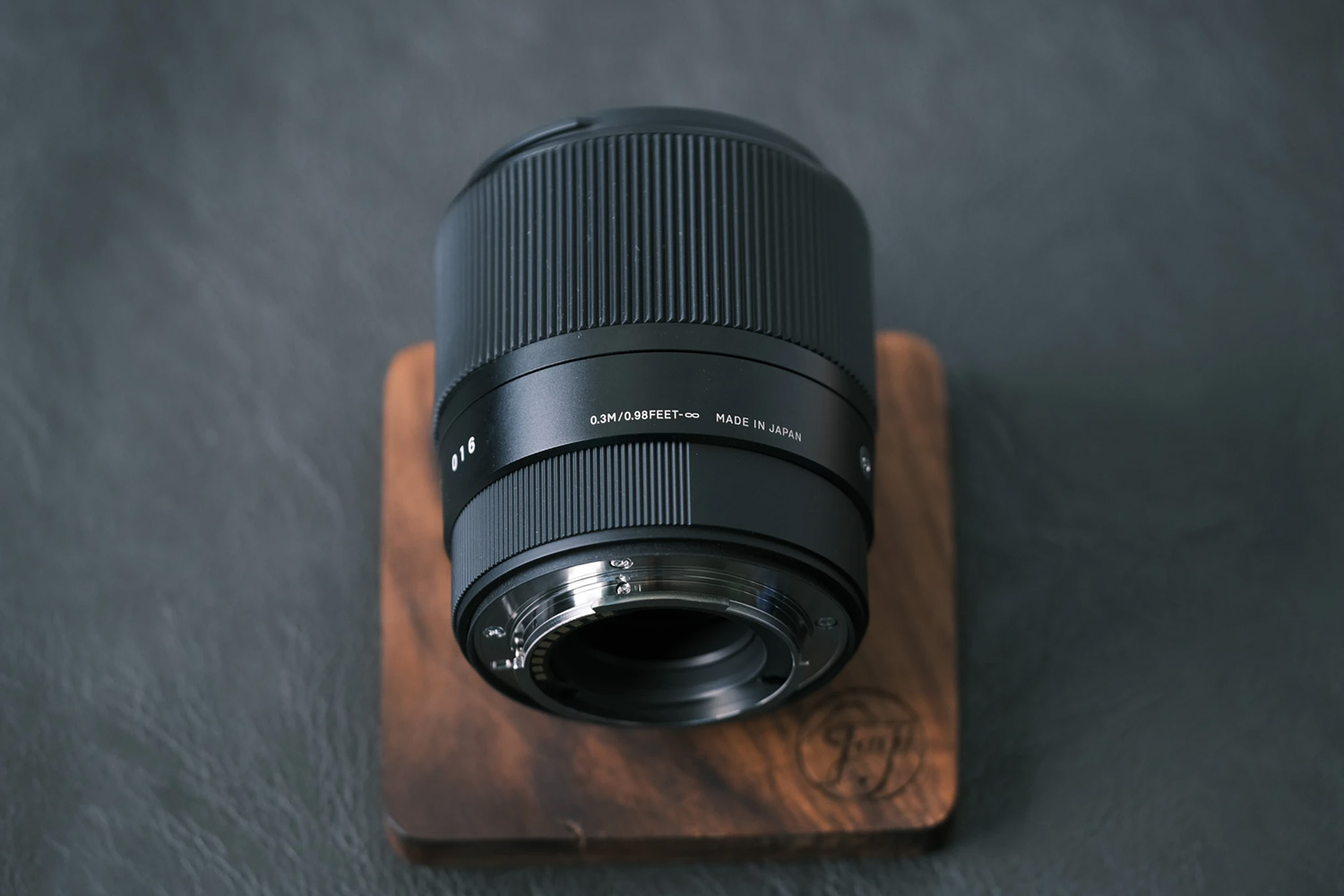
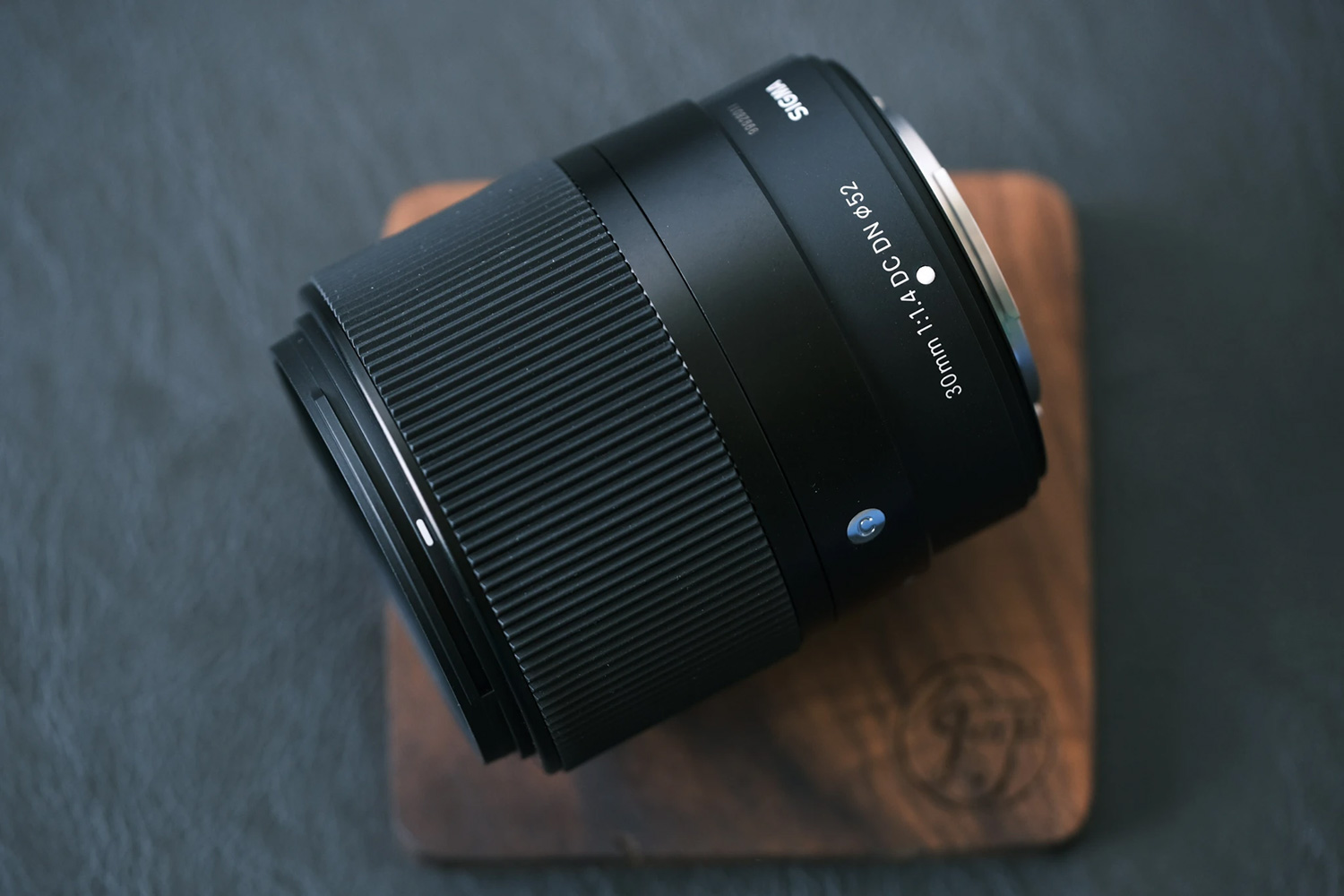
35mm (50mm in full-frame equivalent) is a very popular focal length among all others. And then, Sigma comes with this 30mm, and this is an interesting focal length to compete with many 35mm lenses in the Fuji market. It also sits right between the 27mm and 33mm of what Fujifilm has offered.
At an equivalent of 45mm in full-frame, let’s dive in and see how this lens can actually perform.
Design & Build Quality
According to the official data, the build of this lens is made out of a type of polycarbonate called “Thermally Stable Composite” (TSC). This material has a thermal expansion rate similar to that of aluminium, and it also has a high affinity to metal parts which contributes to high-quality product manufacturing.
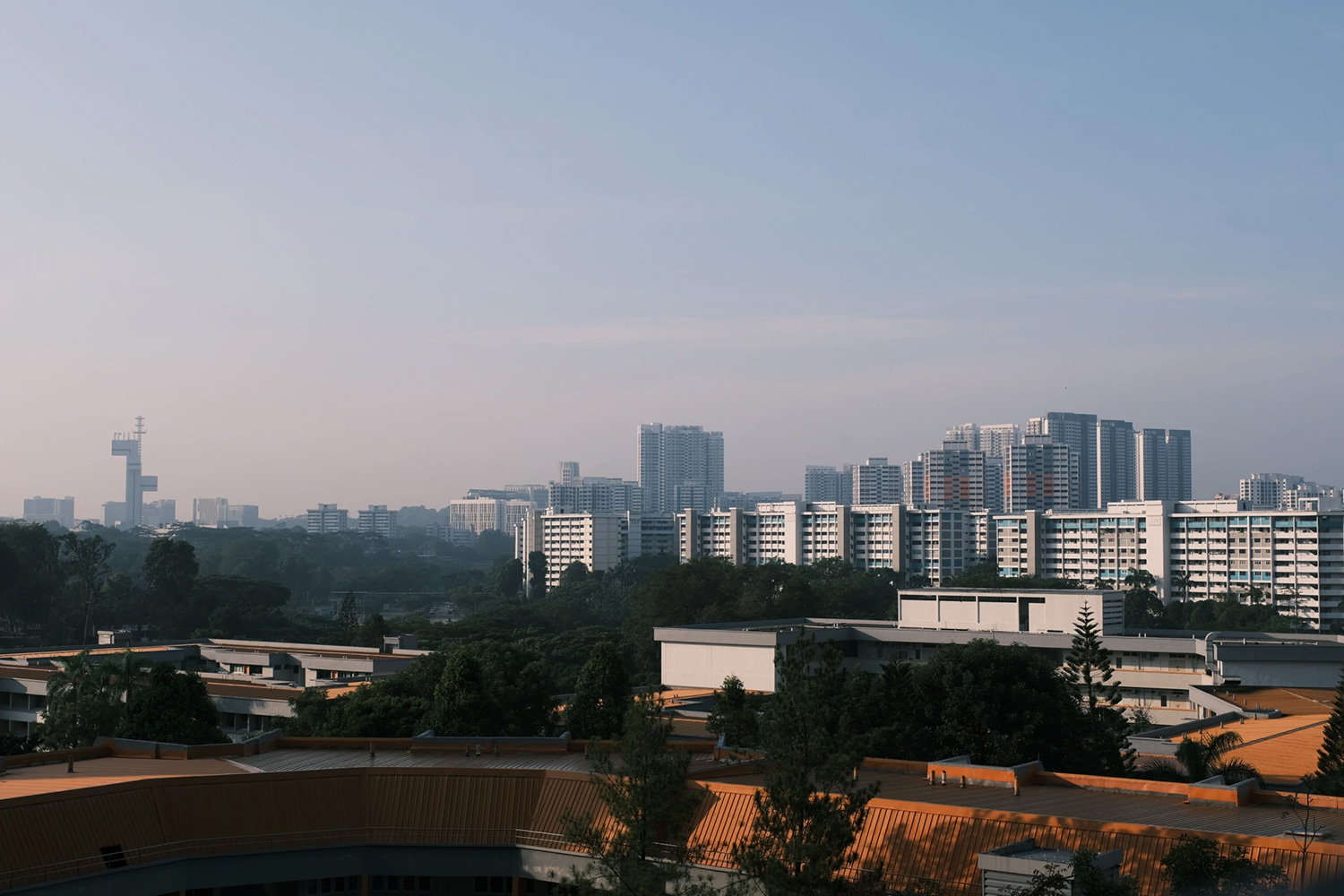
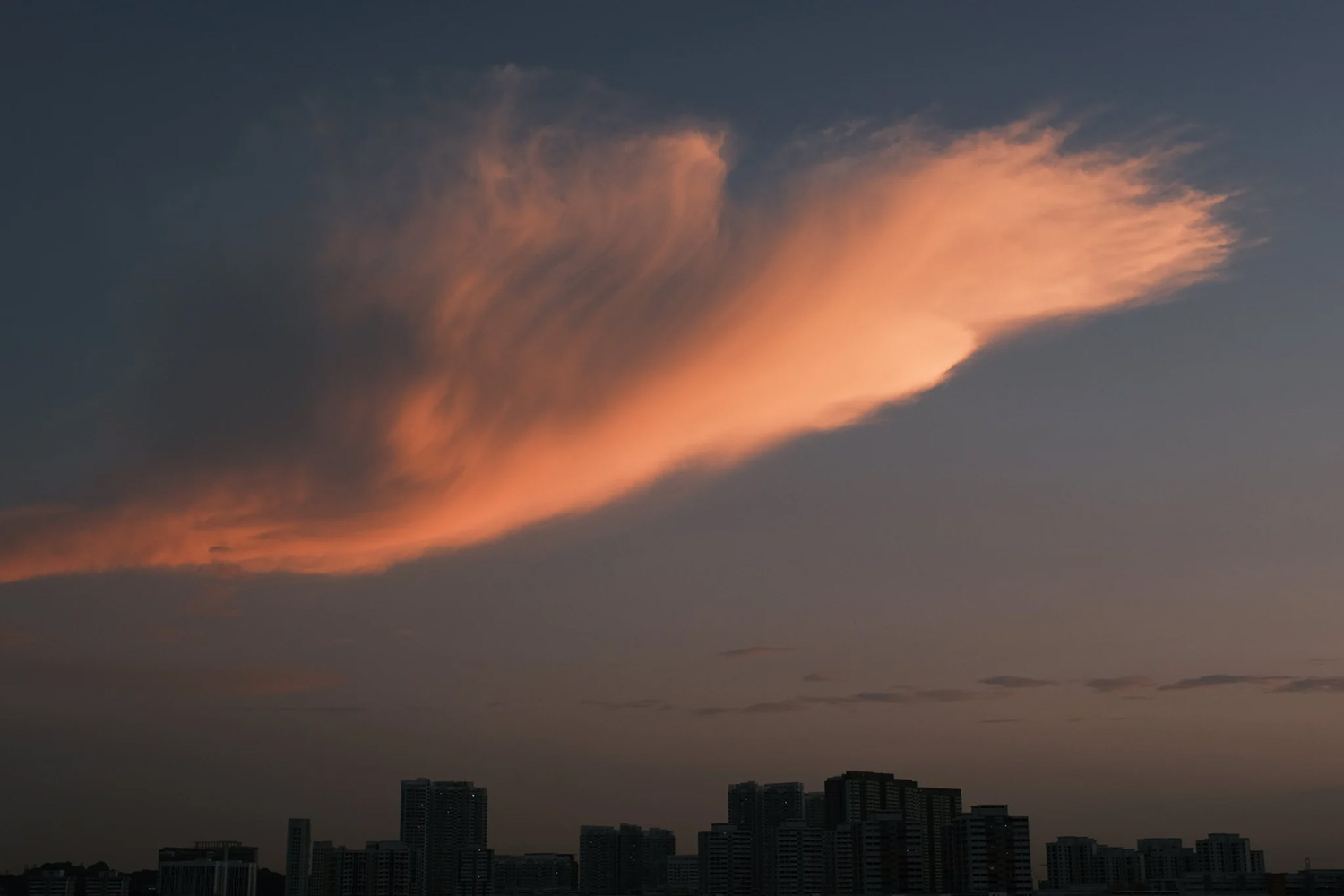
And according to my hands-on, it feels great to hold. Although it is polycarbonate built, it does not feel cheap at all. The lens is very well built and solid. But one thing to point out is that it is a fingerprint magnet, and it can leave some fingerprint marks on the lens. Luckily, it can be easily wiped off.
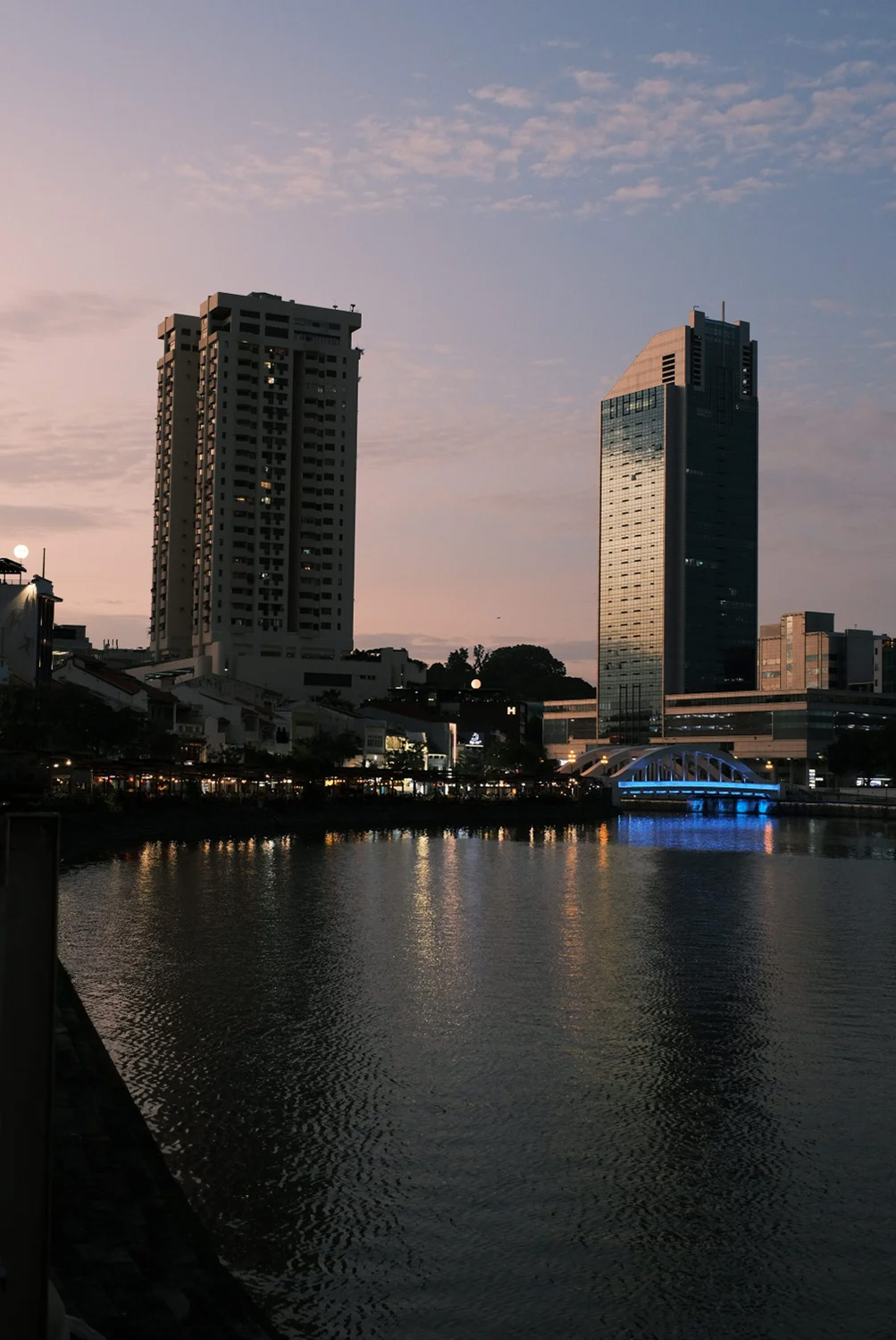
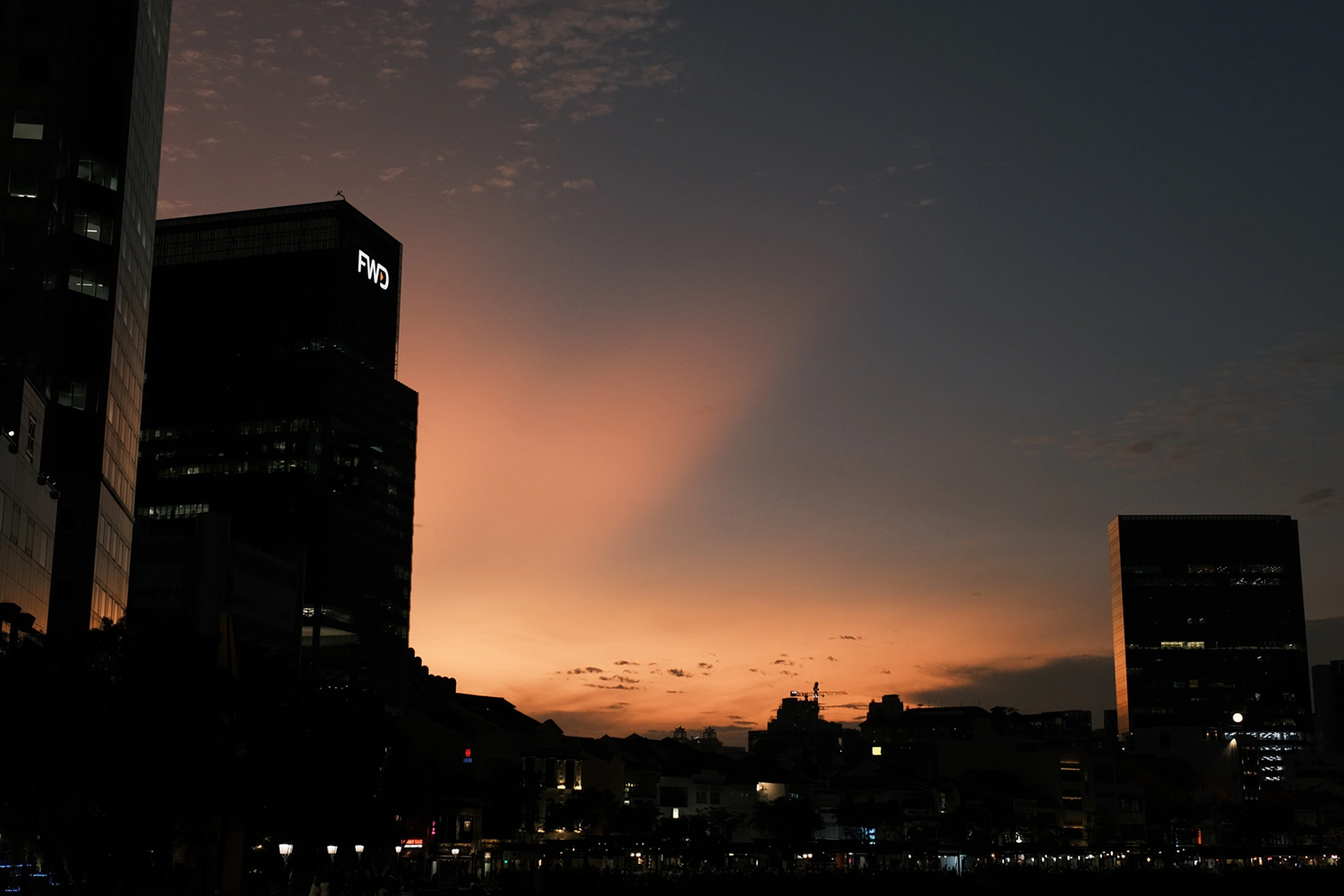
This lens comes with a filter size of 52mm, and it is more than welcome for photographers to buy filters at a more affordable price.
At 275 grams, the weight of this compact lens is decently light to mount on any Fujifilm camera body without feeling adding much weight to the camera.

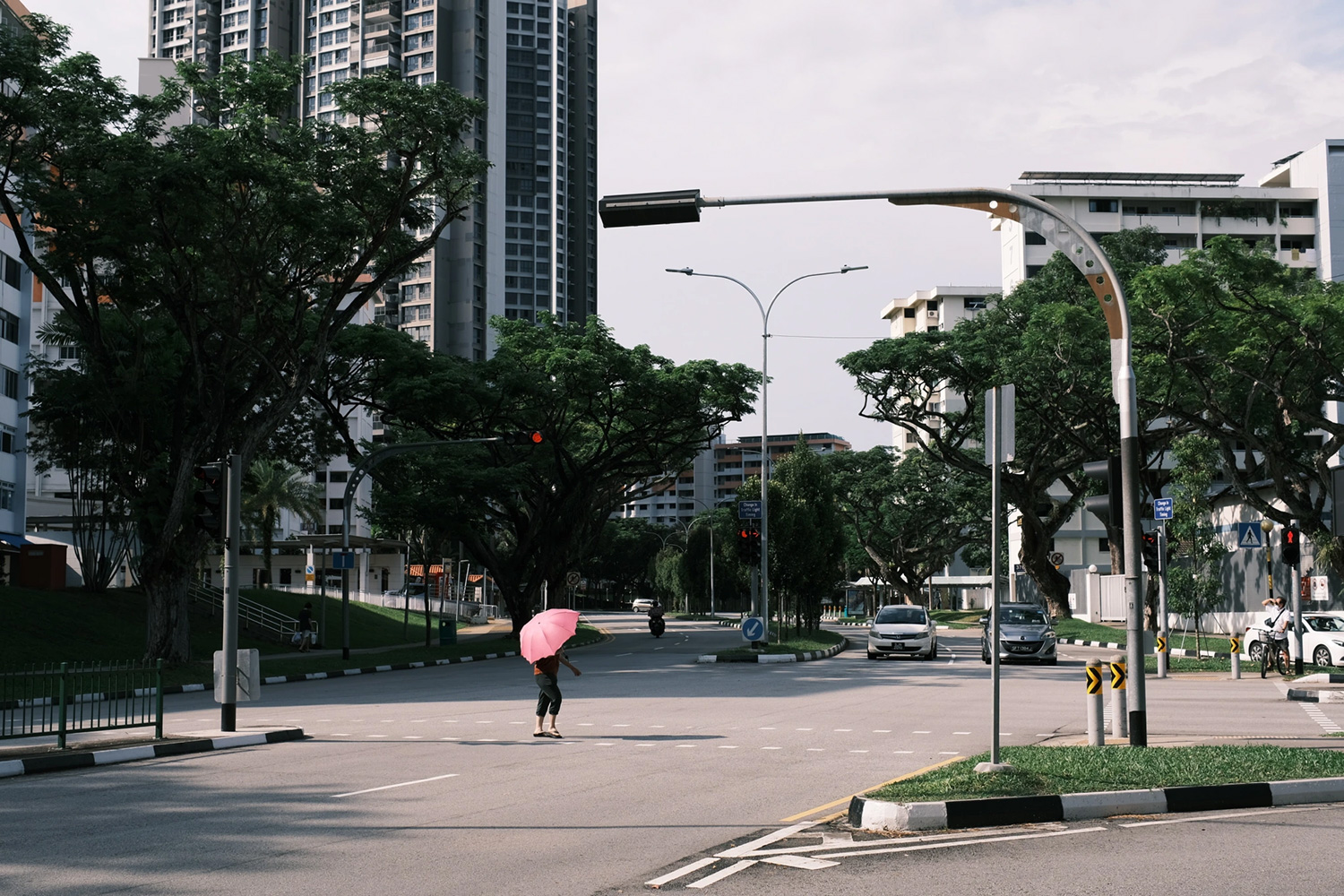
RIGHT: Fuji X-E4 . Sigma 30mmF1.4 @30mm . f/5.6 . 1/1000″ . ISO 320 . Classic Neg
One fact to note is that this lens is equipped with dust and splash resistant sealing that helps to protect the lens from certain conditions.
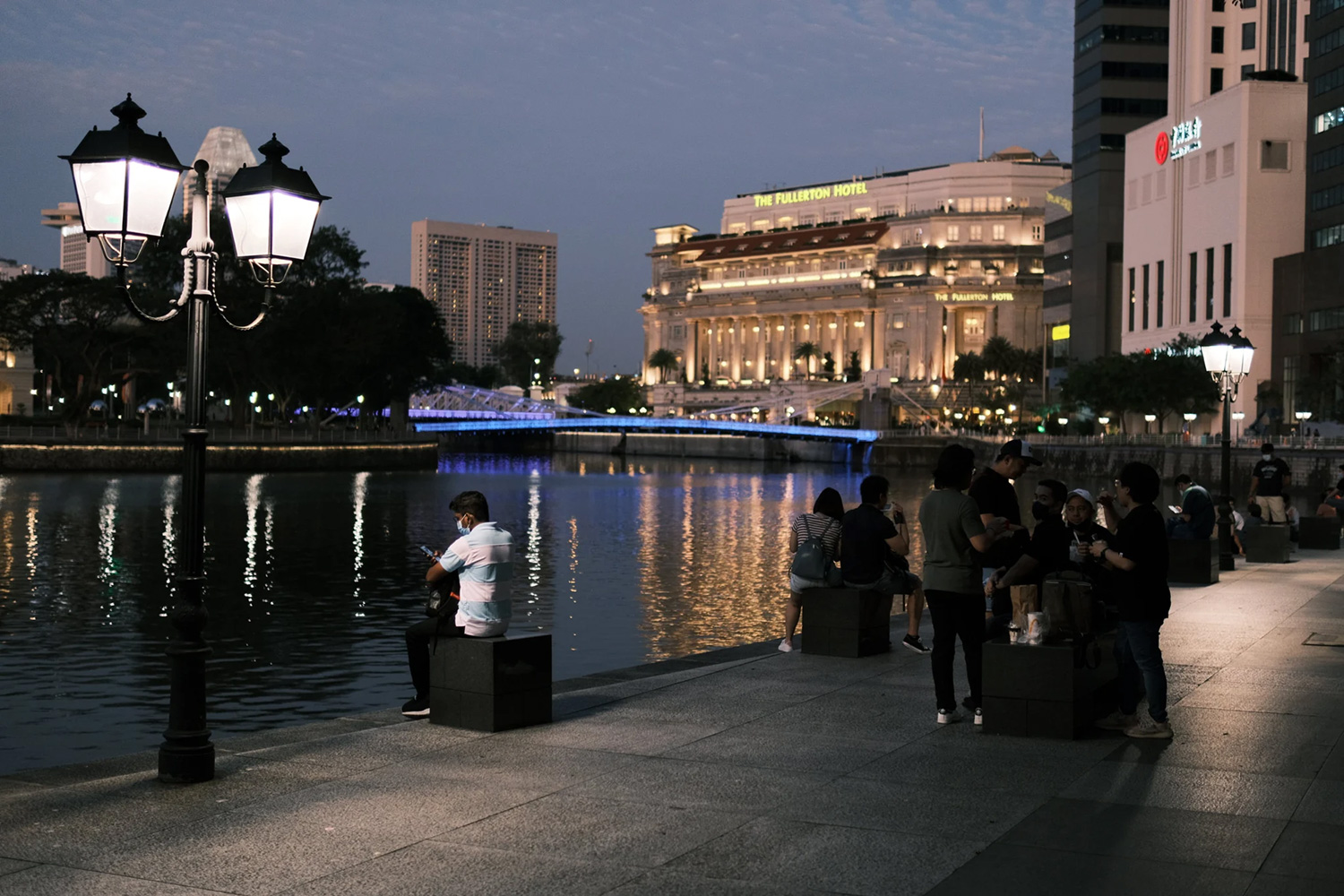
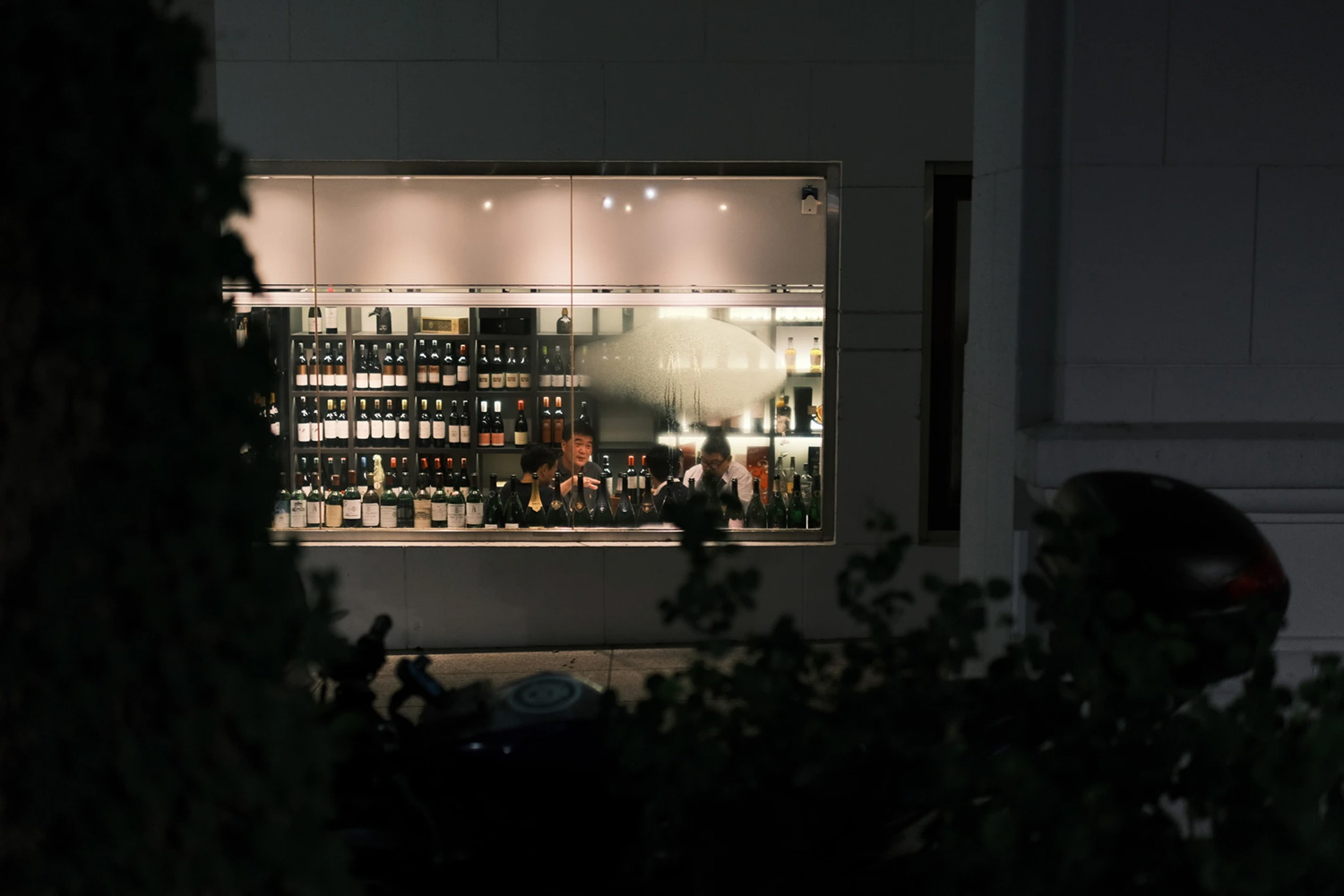
RIGHT: Fuji X-E4 . Sigma 30mmF1.4 @30mm . f/1.4 . 1/105″ . ISO 640 . Classic Neg
Image Quality
Before I share my opinion about the optical quality, my understanding from Sigma Marketing is that the lens optical is exactly the same as other mounts, which also means that the glass elements and design are the same as 6 years ago.


RIGHT: Fuji X-E4 . Sigma 30mmF1.4 @30mm . f/1.4 . 1/5800″ . ISO 320 . Classic Neg
So how does it perform in real-world situations? Well, the image quality is exceptionally good. The results at wide-open actually surprised me. The details, sharpness and contrast are well preserved.
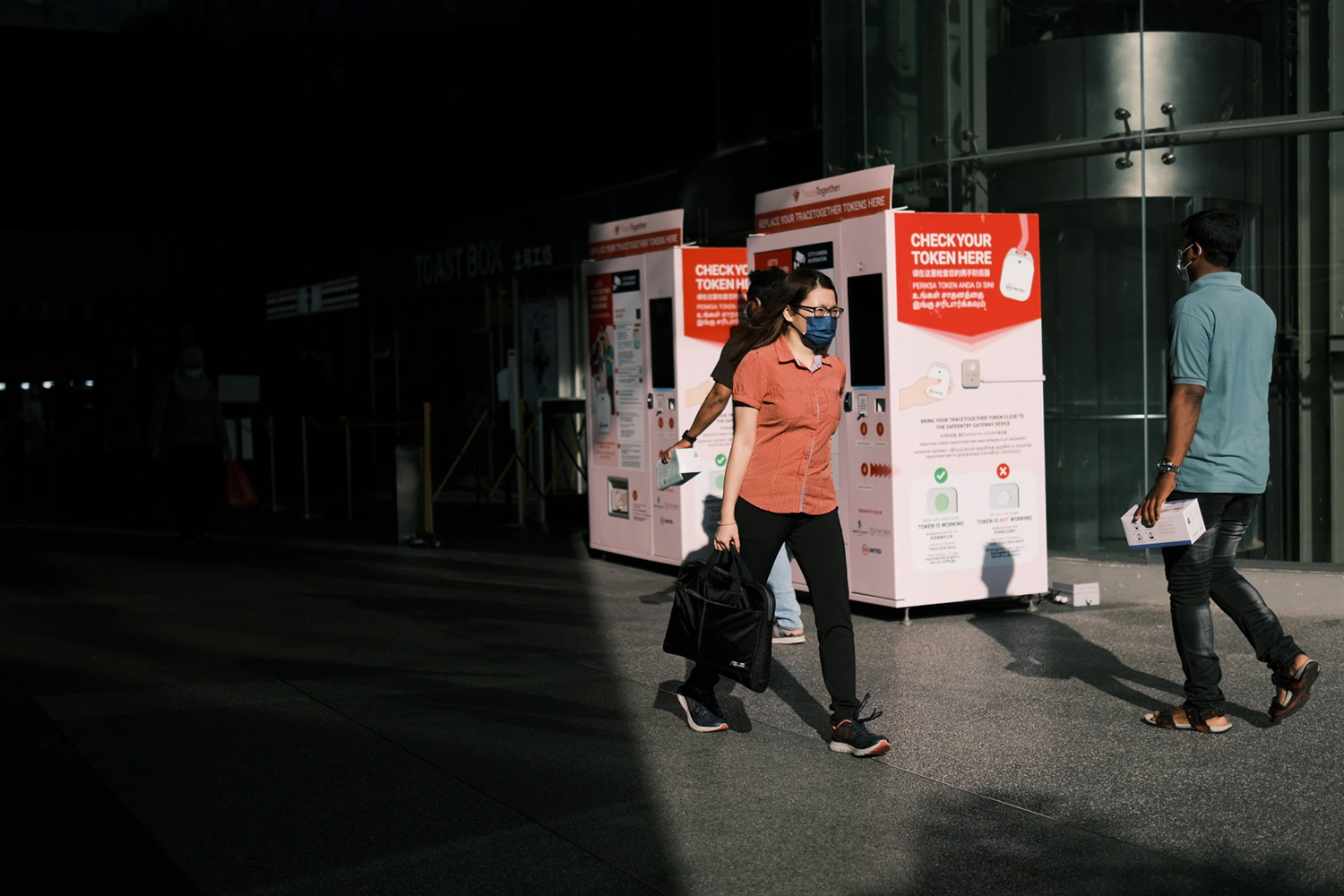

As for the chromatic aberration, I hardly notice it. I think the lens did a good job of controlling it. It does help us to reduce one task in our post-processing.
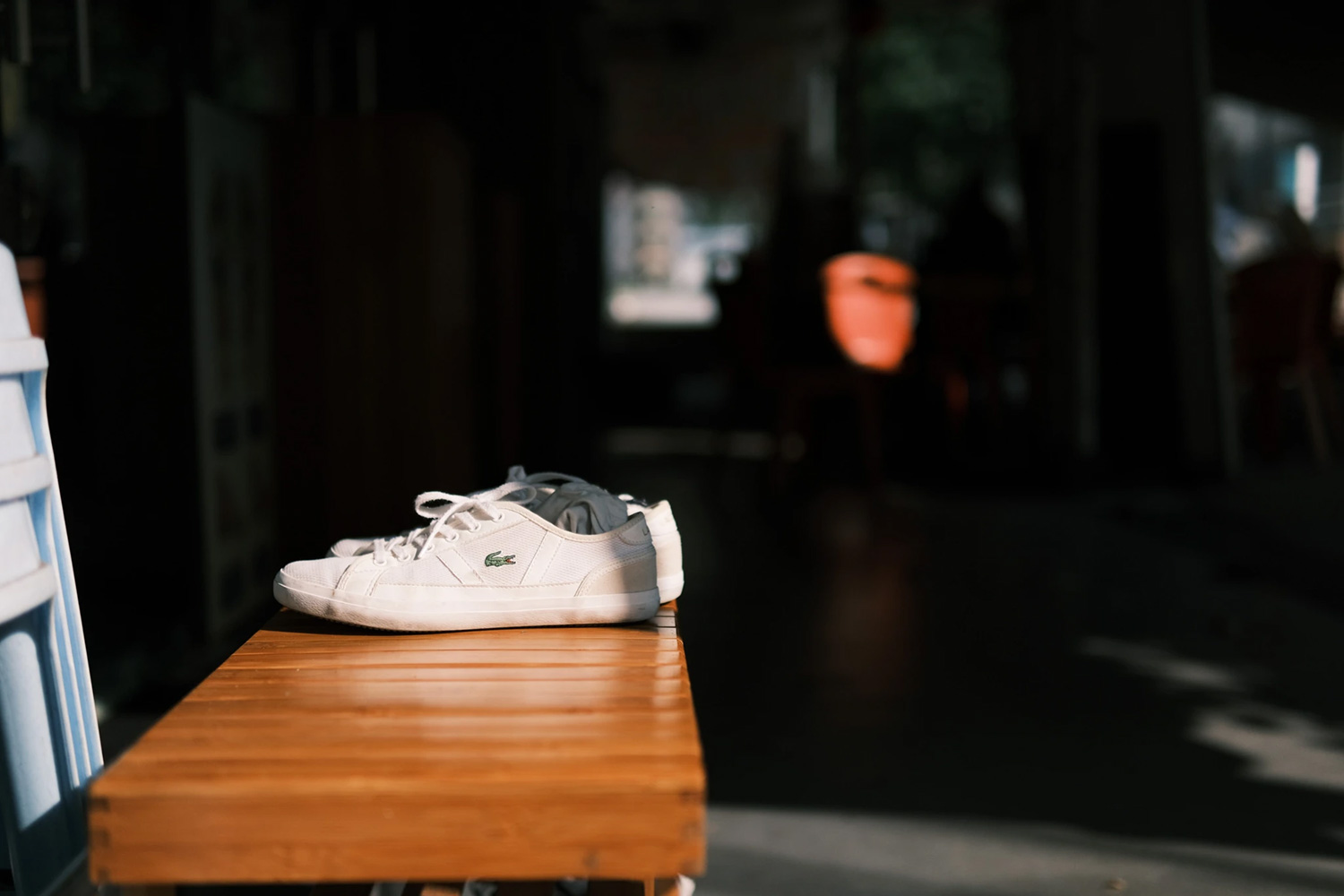
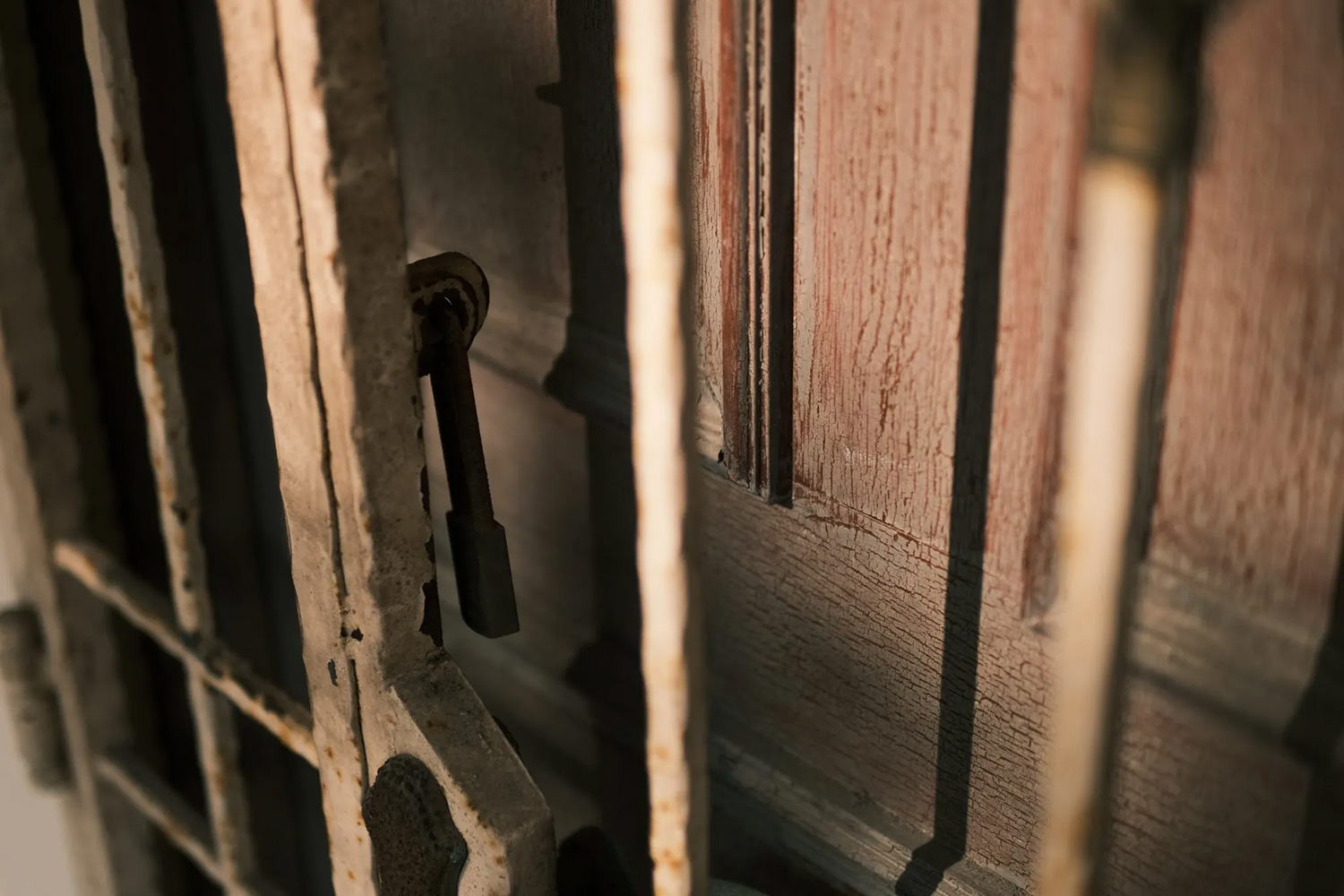
RIGHT: Fuji X-E4 . Sigma 30mmF1.4 @30mm . f/1.4 . 1/5800″ . ISO 320 . Classic Neg
As for the sun stars results, the shot taken at f8 produces much softer and less rounded results. On the other hand, it looks sharper at f16 and more detailed than f8.
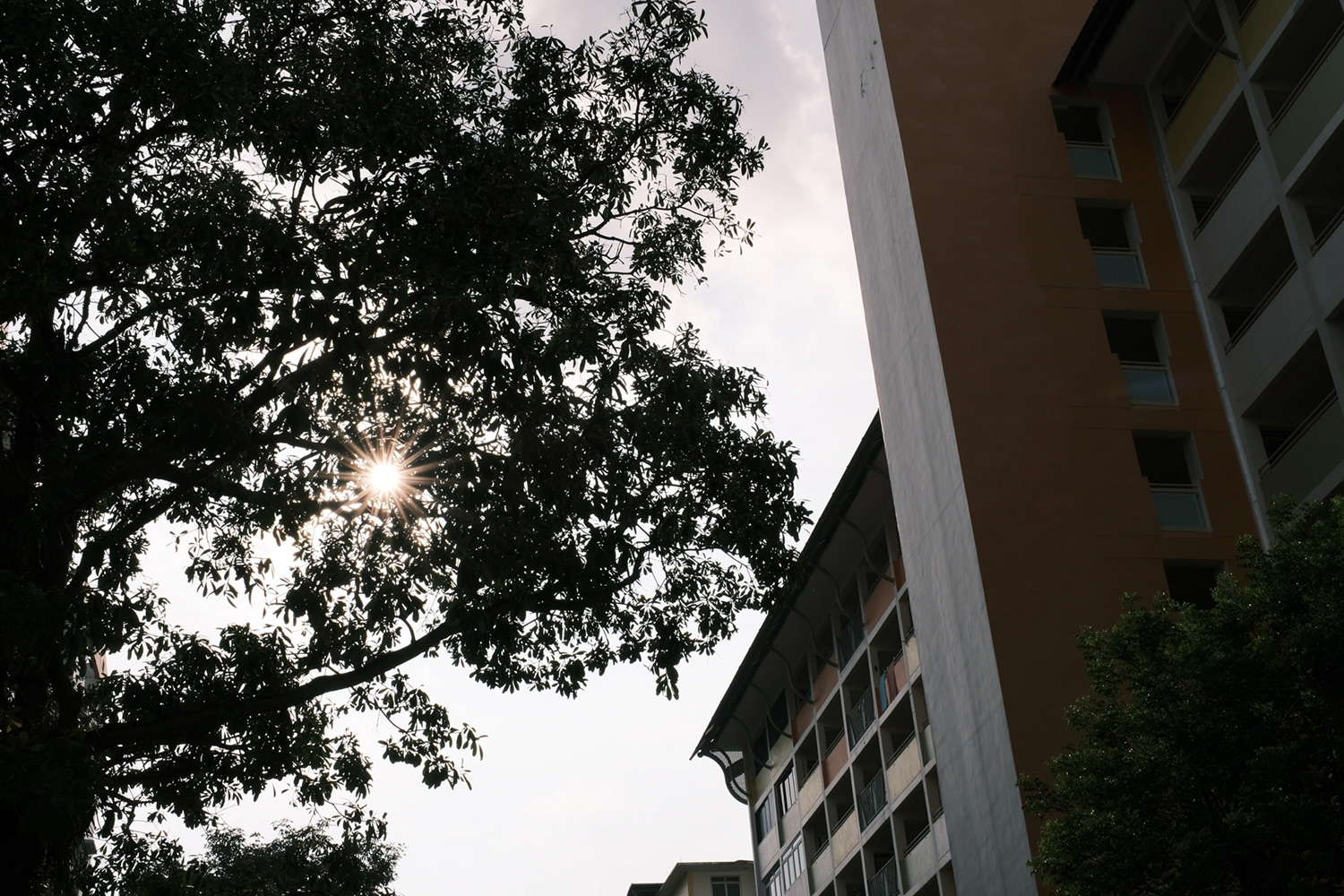
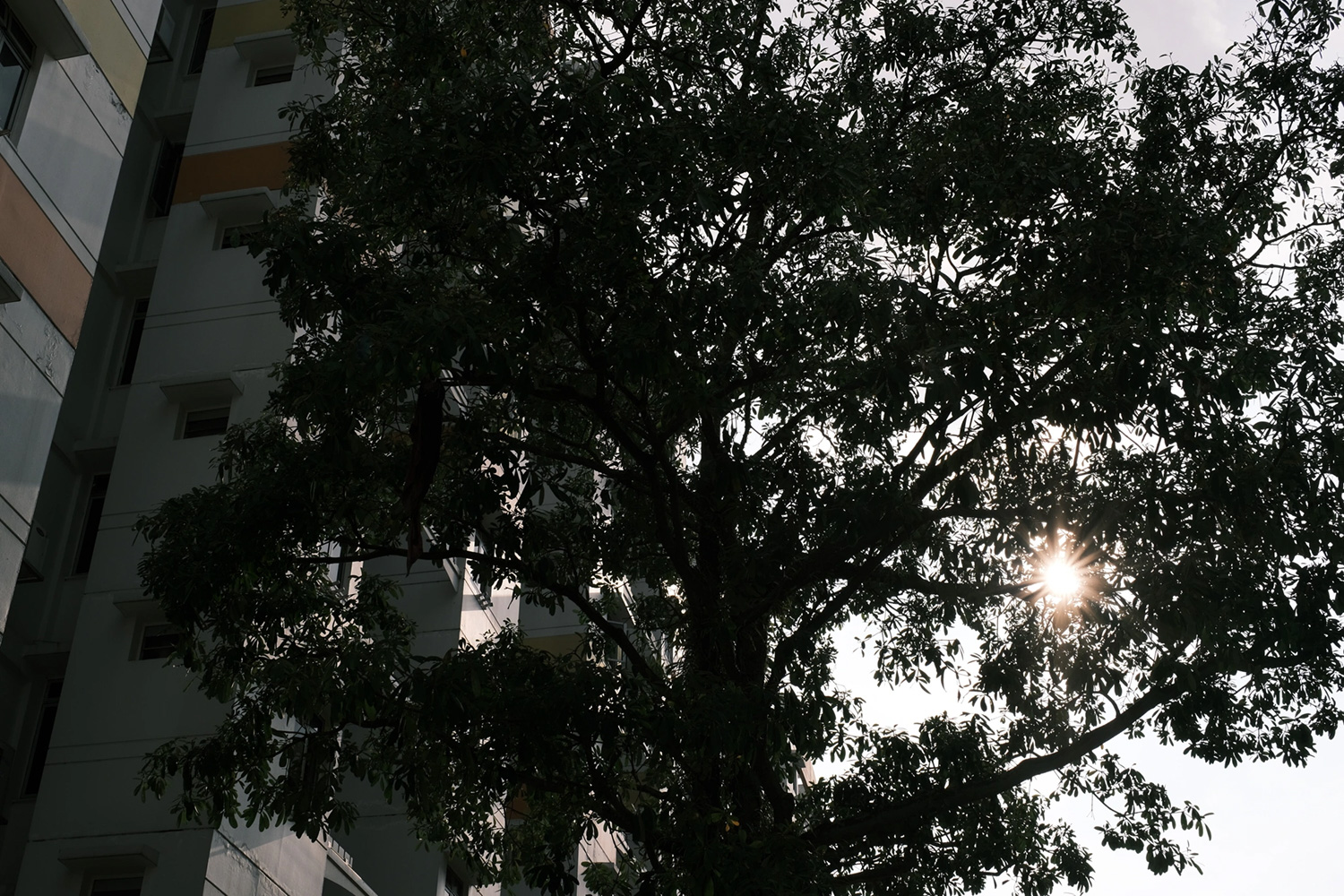
RIGHT: Fuji X-E4 . Sigma 30mmF1.4 @30mm . f/8 . 1/1900″ . ISO 320 . Classic Neg
Focusing
Two words to describe it. Silent sniper. The focusing speed is surprisingly fast, accurate and completely silent. The word “completely” may sound too strong, but it is really silent, and the only sound I can hear is coming from my shutter. All thanks to the stepping motor that is equipped with the lens, this also means that this lens can be a wise choice for videographers to consider.

As for accuracy, I can say it has a very high accuracy rate, probably around 95%. Why not 100%? Because I do encounter a few off-focused results when the little green box has lit up. For under low light situations, this lens still performs well most of the time.

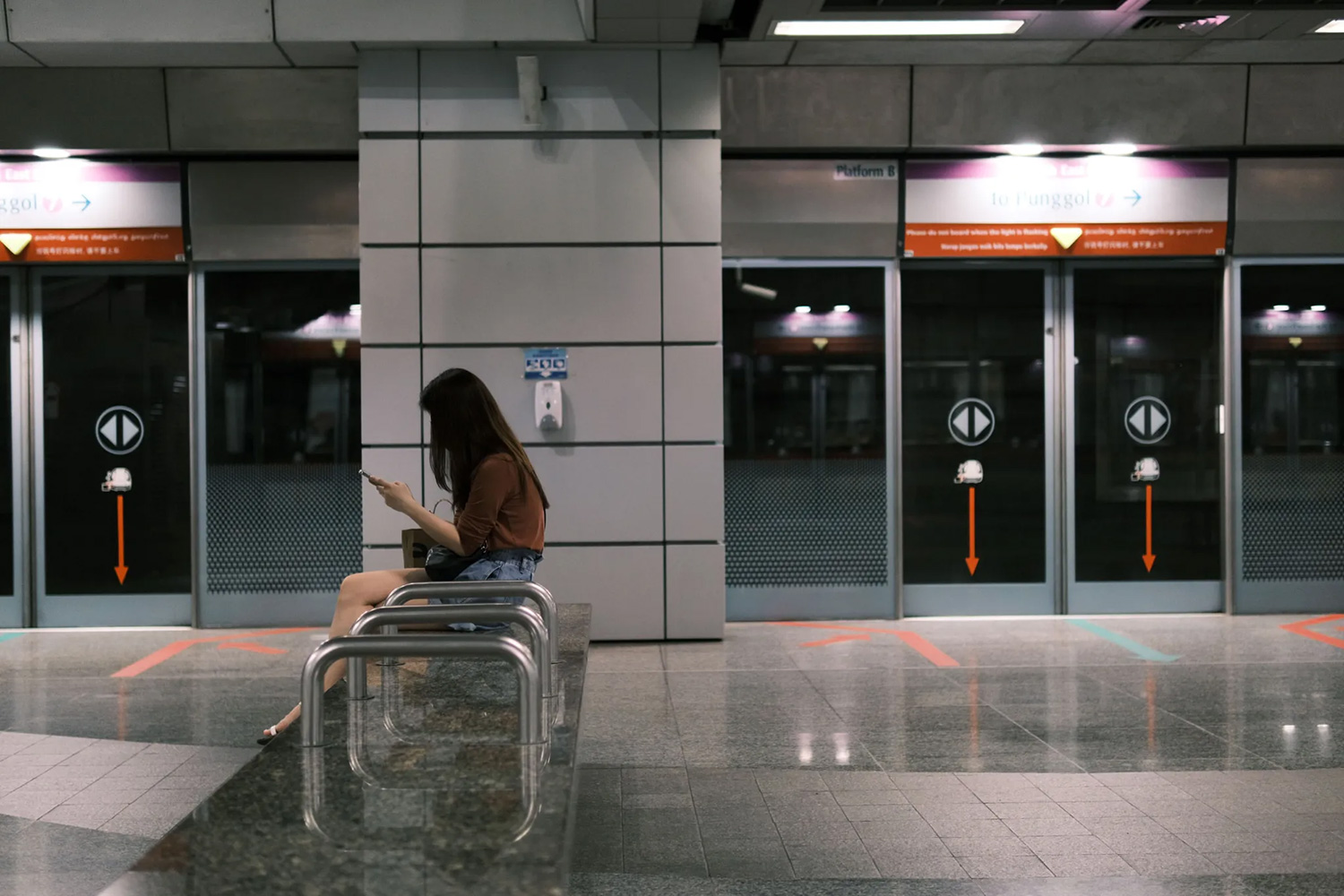
RIGHT: Fuji X-E4 . Sigma 30mmF1.4 @30mm . f/1.4 . 1/160″ . ISO 800 . Classic Neg
Something to highlight, when I am trying to do some close up shots under broad daylight, I encountered this phenomenon where the subject is not in focus but the little green box has lit up. What I do is focus on another nearby object and then it works as per normal.
But rest assured, Sigma is constantly updating their lenses to improve the focus quality and accuracy. In fact, there was an update for this lens last Friday. Unfortunately, I do not have the chance to give it a try.

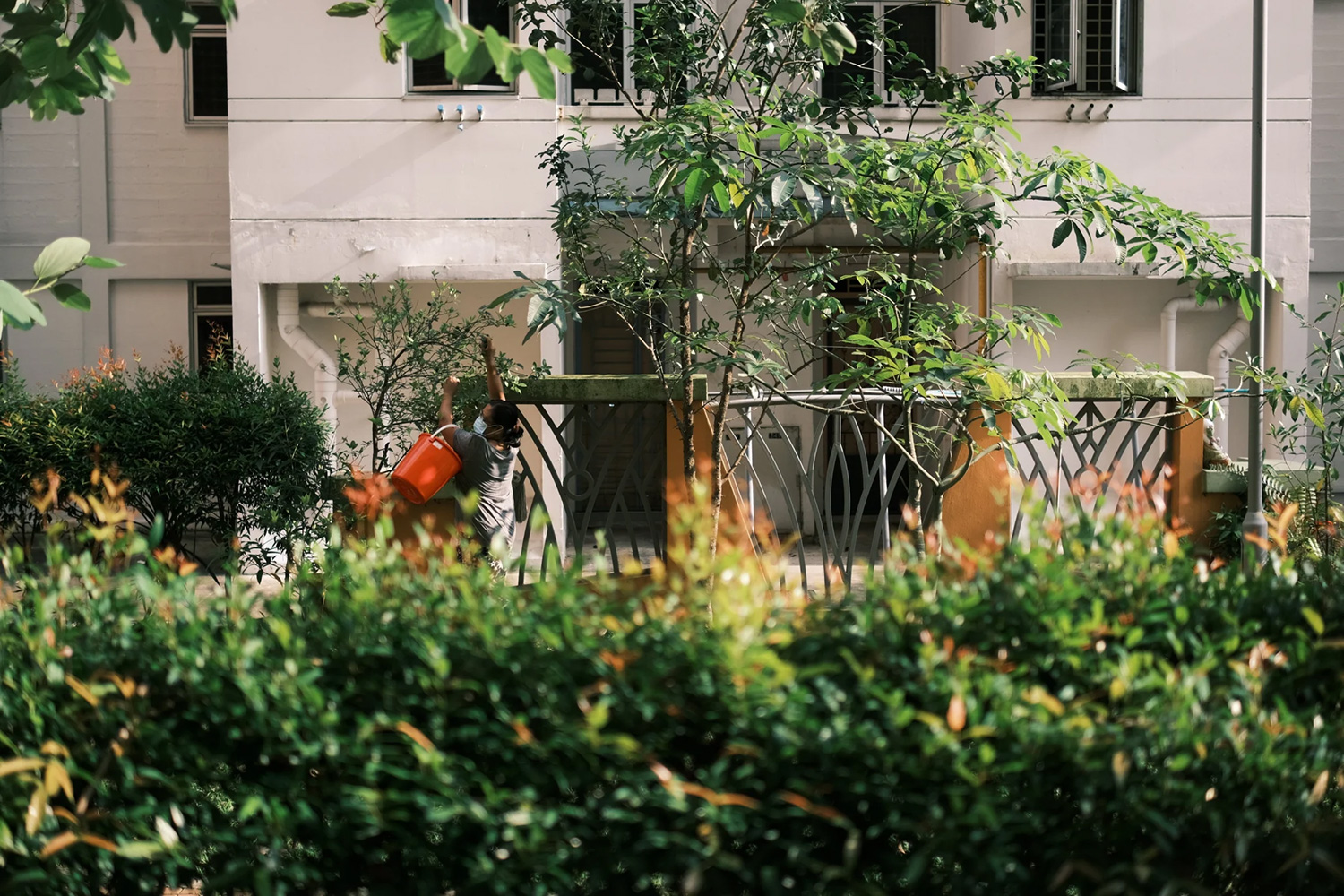
RIGHT: Fuji X-E4 . Sigma 30mmF1.4 @30mm . f/1.4 . 1/2900″ . ISO 160 . Classic Neg
Minimum Focus Distance (MFD)
The MFD is at 30cm, which is considered quite close but not extremely close. One thing to note is that shooting at MFD produces a very special character to the photo. Shooting under sunlight, the focused object looks sharp, but anything around it is kind of soft, and the softness will slowly blend into the background as the distance is further from the object. Somehow, I quite like how it renders.
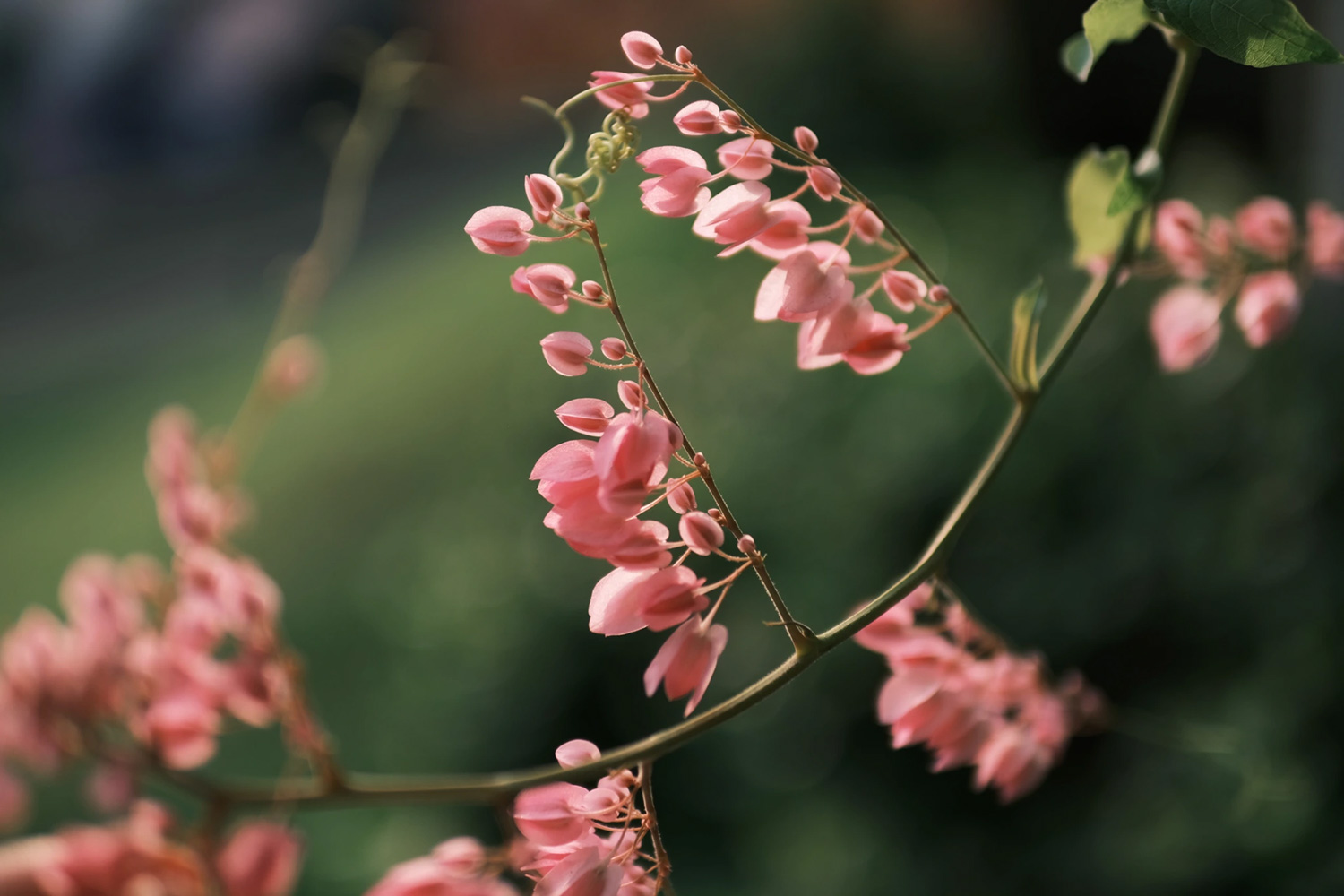

Also, if you are shooting wide-open at the MFD, it produces a very shallow depth of field.
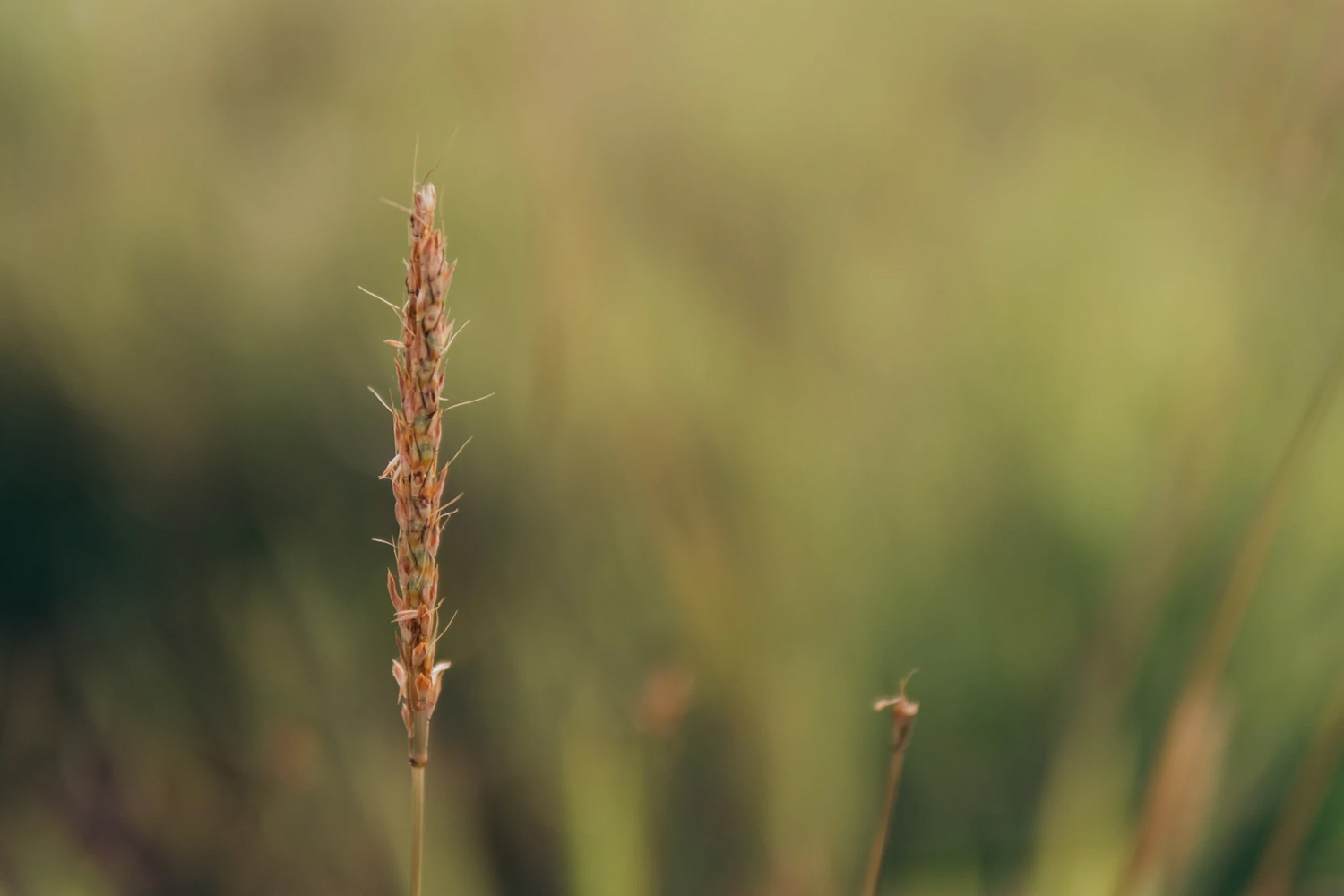
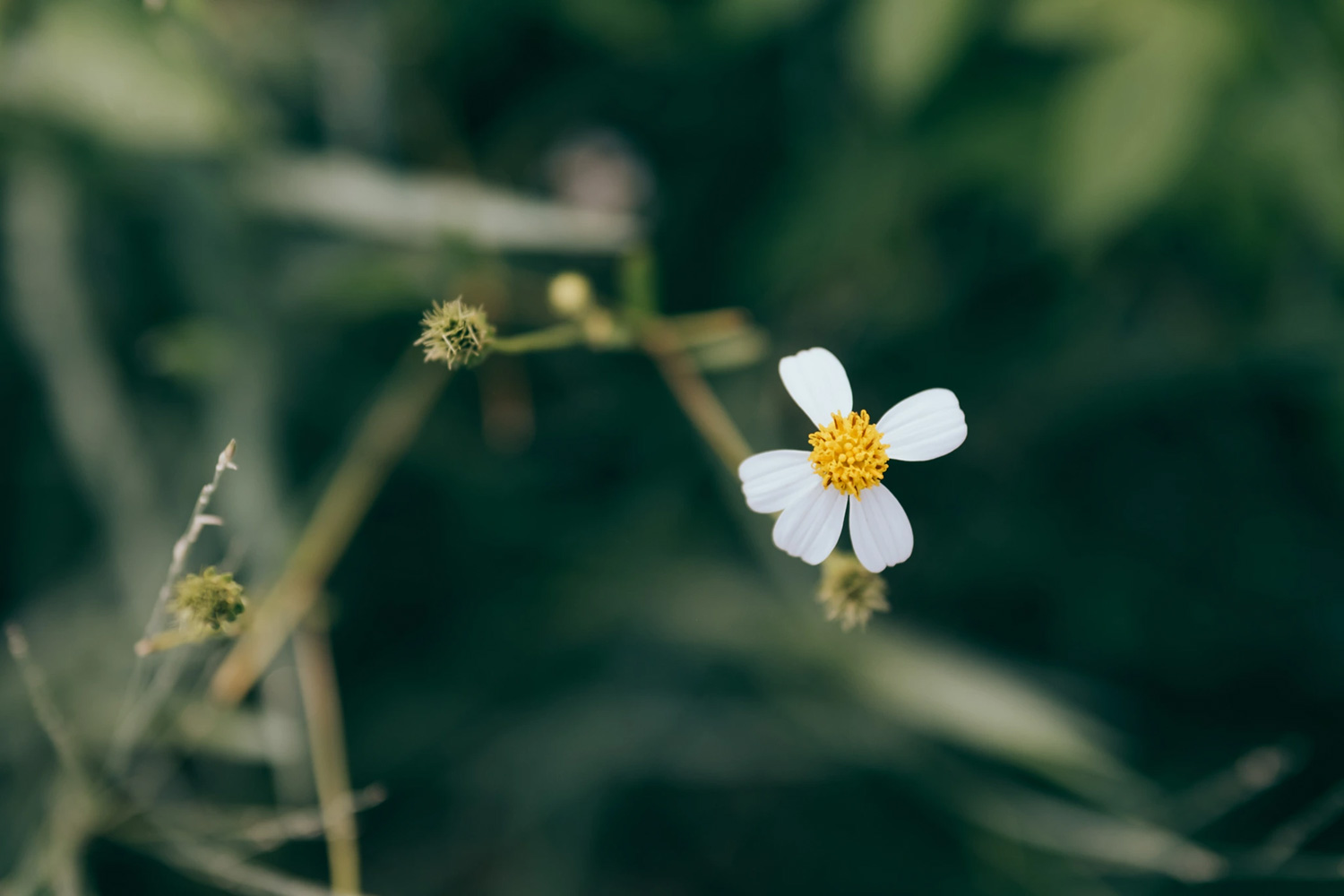
Price Point
I rarely open up discussions about price points. But this lens is really positioned itself very well. At *SGD488 (or USD339), it is above the XC35mm F2 at SGD299 (or USD 199) and slightly below the XF35mm F2 at SGD699 (or USD 399). Yet it offers one full stop more light.
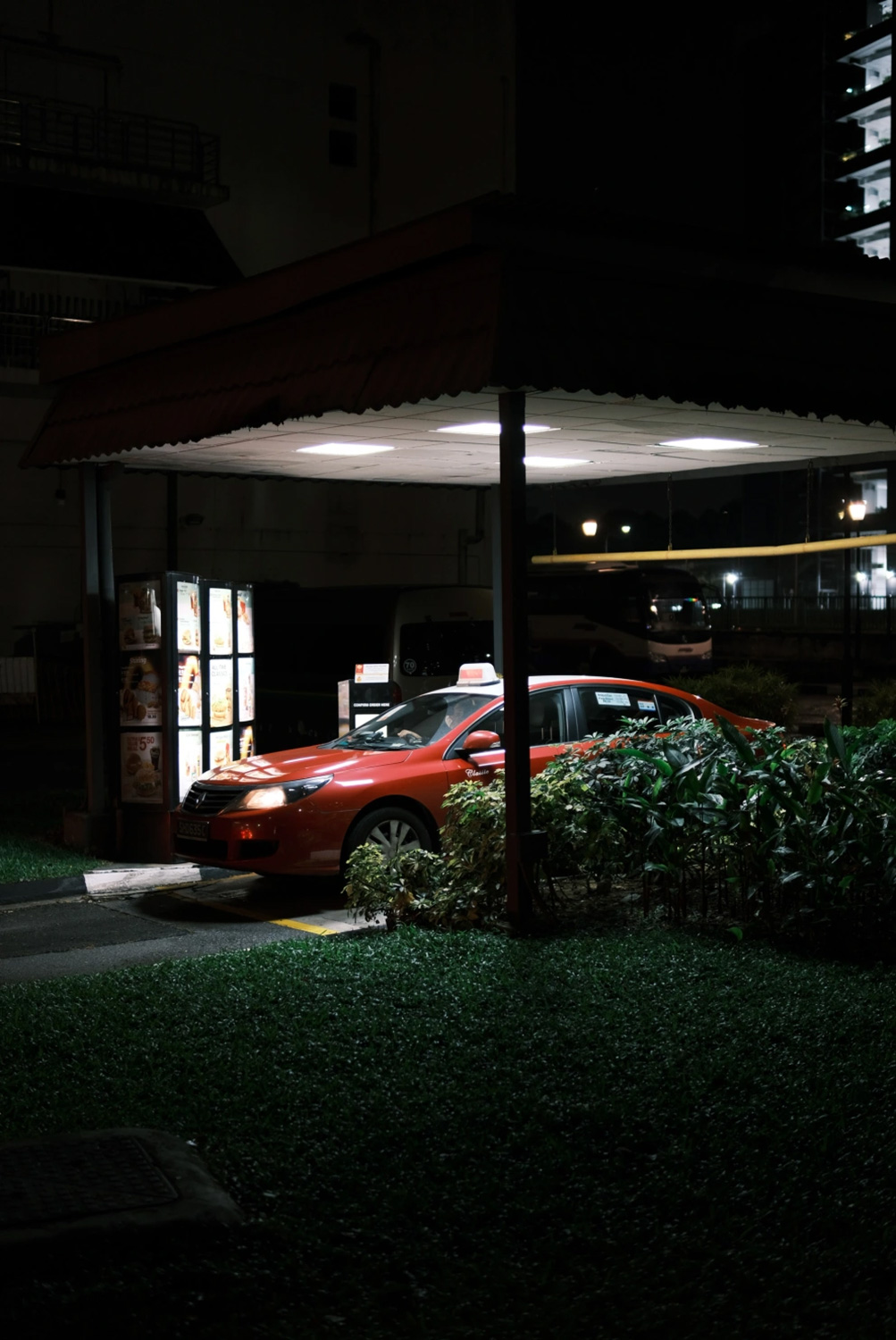

With this price point, it does attract a lot of potential buyers who are about to start their photography journey.
*The price quoted is based on Recommended Retail Price.
Conclusion
Coming from a guy who likes to shoot streets with 23mm and 35mm focal lengths, I am able to adapt the Sigma 30mm f1.4 very well. In these 2 weeks of loan, I do not find much of a challenge using this lens except for the above-mentioned issue.

For a slightly over a demi-decade old glass design, the photos taken with this lens are considered impressive and pretty usable, especially for the wide-open shots.

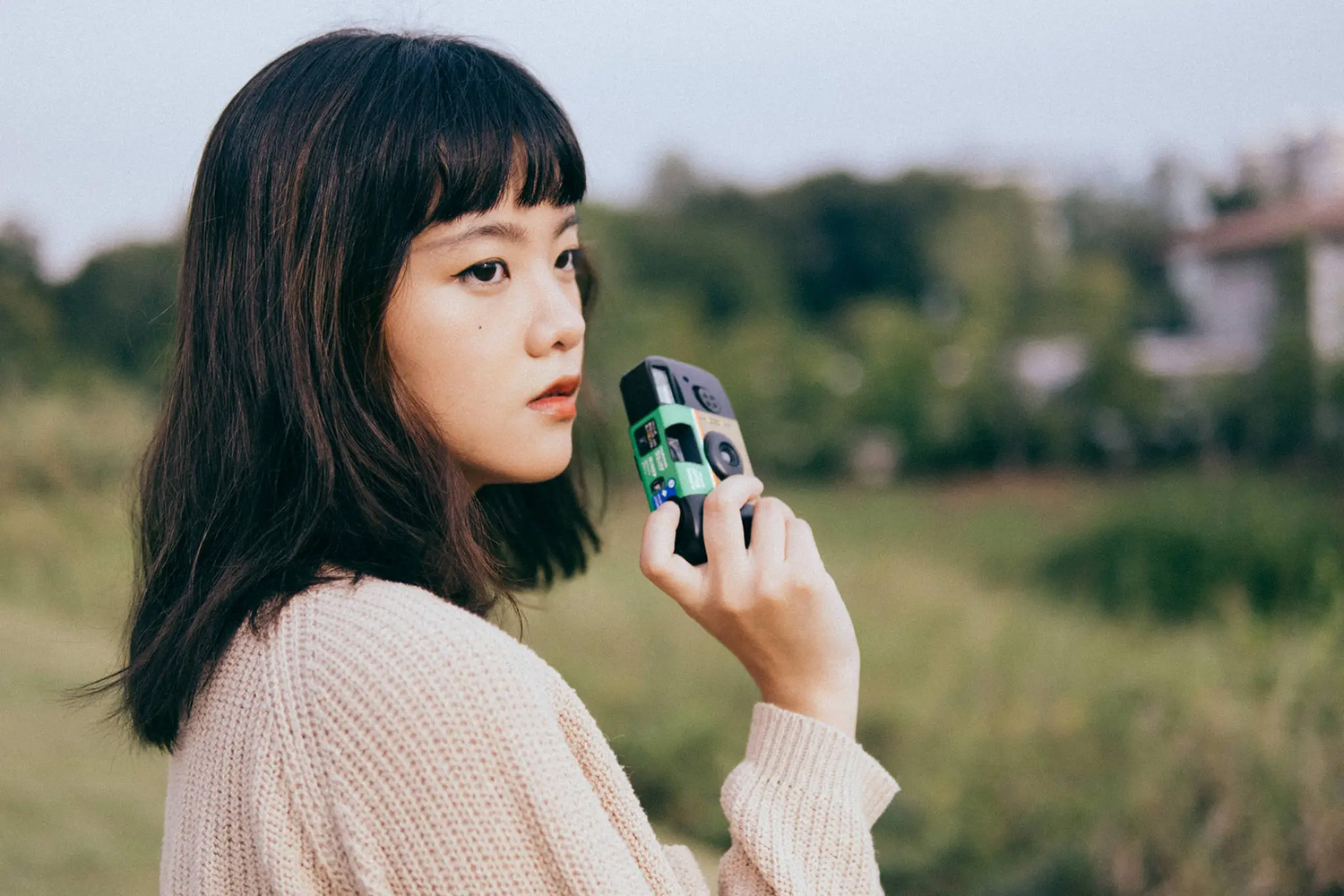
Right: Fuji X-T3 . Sigma 30mmF1.4 @30mm . f/1.4 . 1/3800″ . ISO 160 . Post-edited
However, this lens does come with some downsides. First, it does not has an aperture ring. Something that I do miss sometimes. Second, it is not a full weather resistant lens. It does not matter to me, but I think it is good to let the readers know.


Right: Fuji X-T3 . Sigma 30mmF1.4 @30mm . f/1.4 . 1/4000″ . ISO 160 . Post-edited
Overall, I think this piece of glass does strike a good balance between price, image quality and the tradeoffs. Plus, it is made in Japan.

Who is this for?
This focal length covers well in most genres such as street, journalism, portraits and landscape. Hence I will highly recommend it to an amateur who is just picking up photography and trying to explore the world with prime lenses, someone who does not has a 35mm focal length, and someone who is on a tight budget.

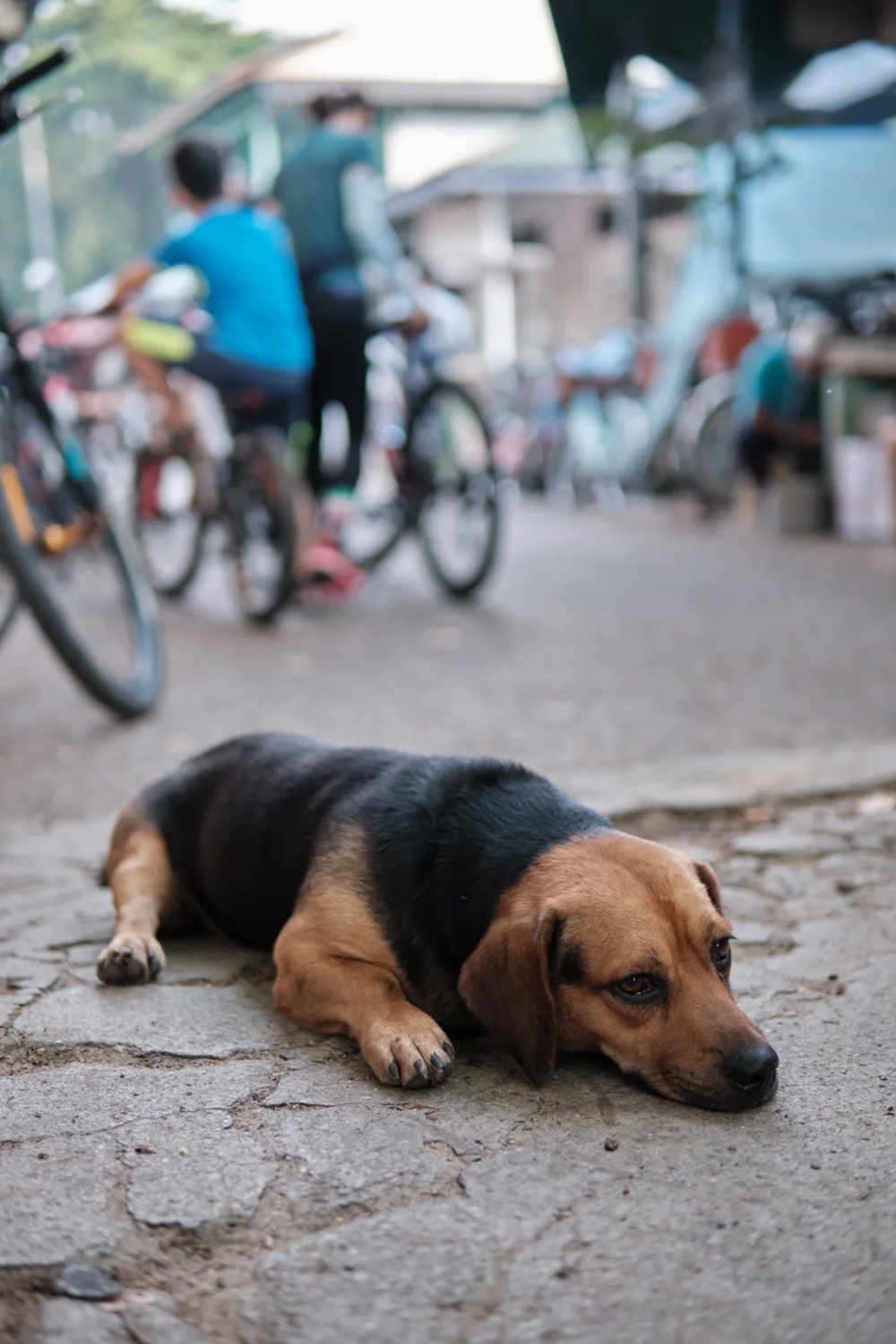
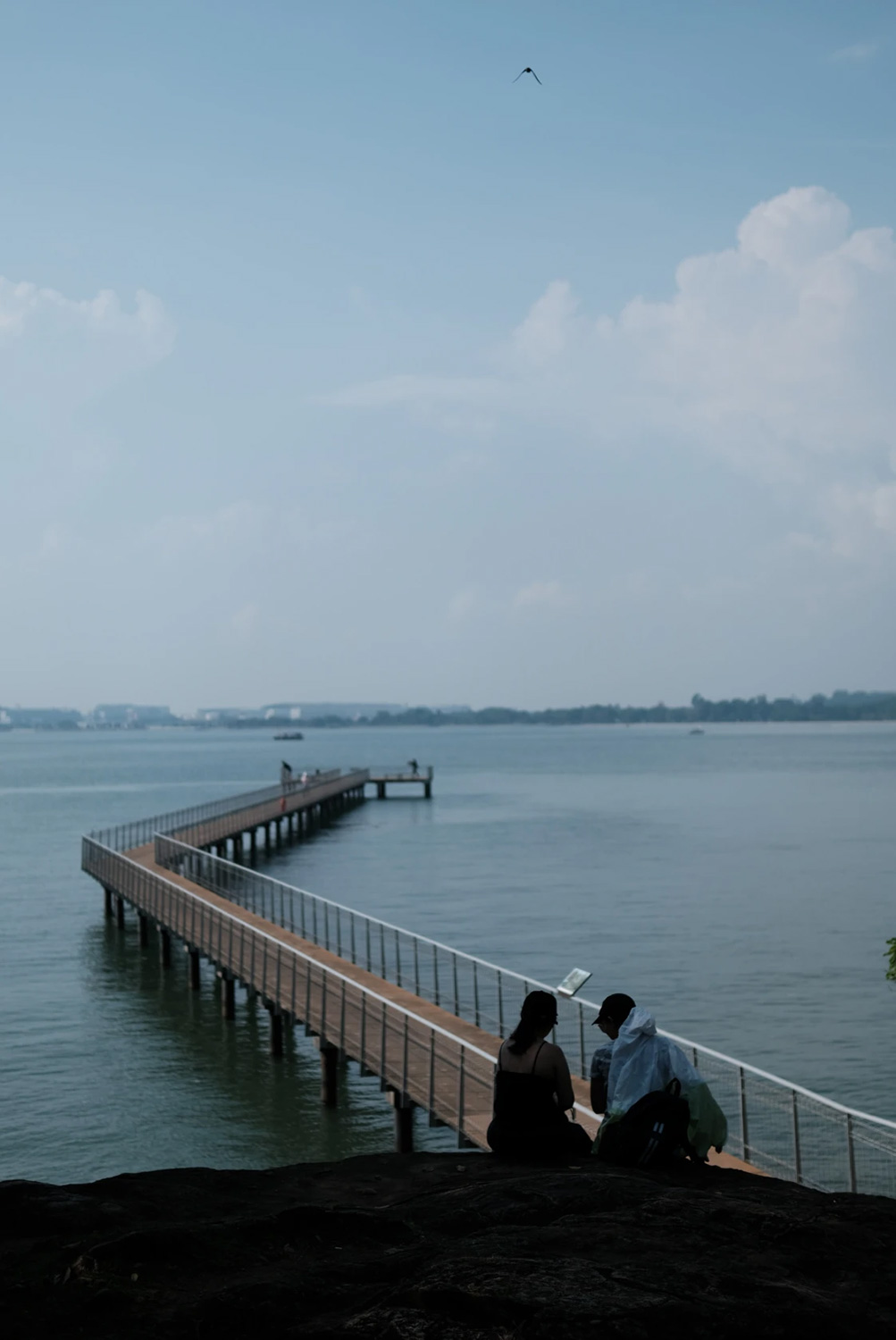
RIGHT: Fuji X-T3 . Sigma 30mmF1.4 @30mm . f/1.4 . 1/2000″ . ISO 160 . Post-edited

Alwin is a 37 years old engineer, husband and Fujifilm fanboy from Singapore. His first encounter with Fujifilm was the launch of the X10 in 2012. It was love at first sight. It was a joyful compact camera and it also introduced film simulations to him. But what brought him deep into Fujifilm was the X-T2 and the love grows further. He loves to experience and discover many genres.


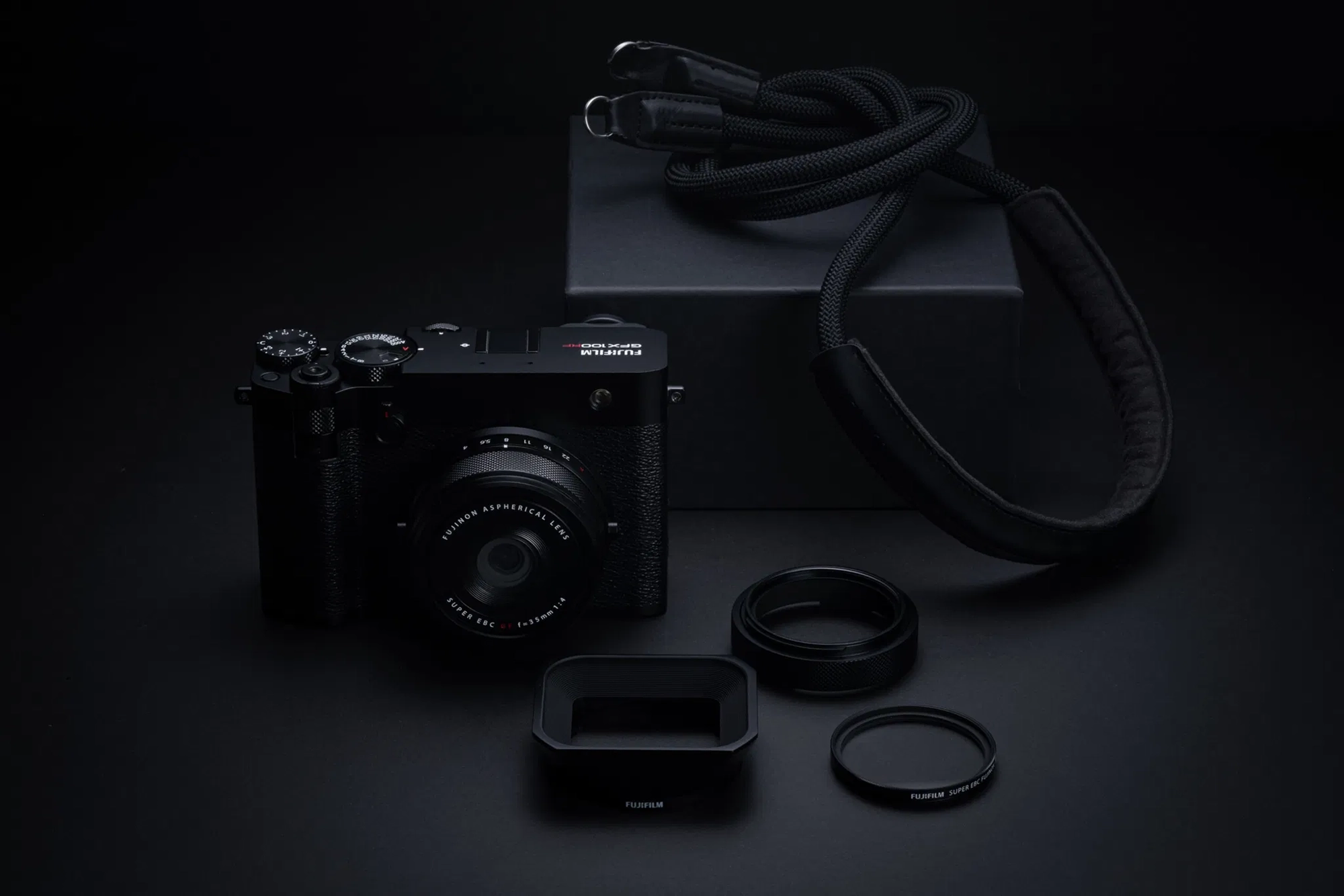
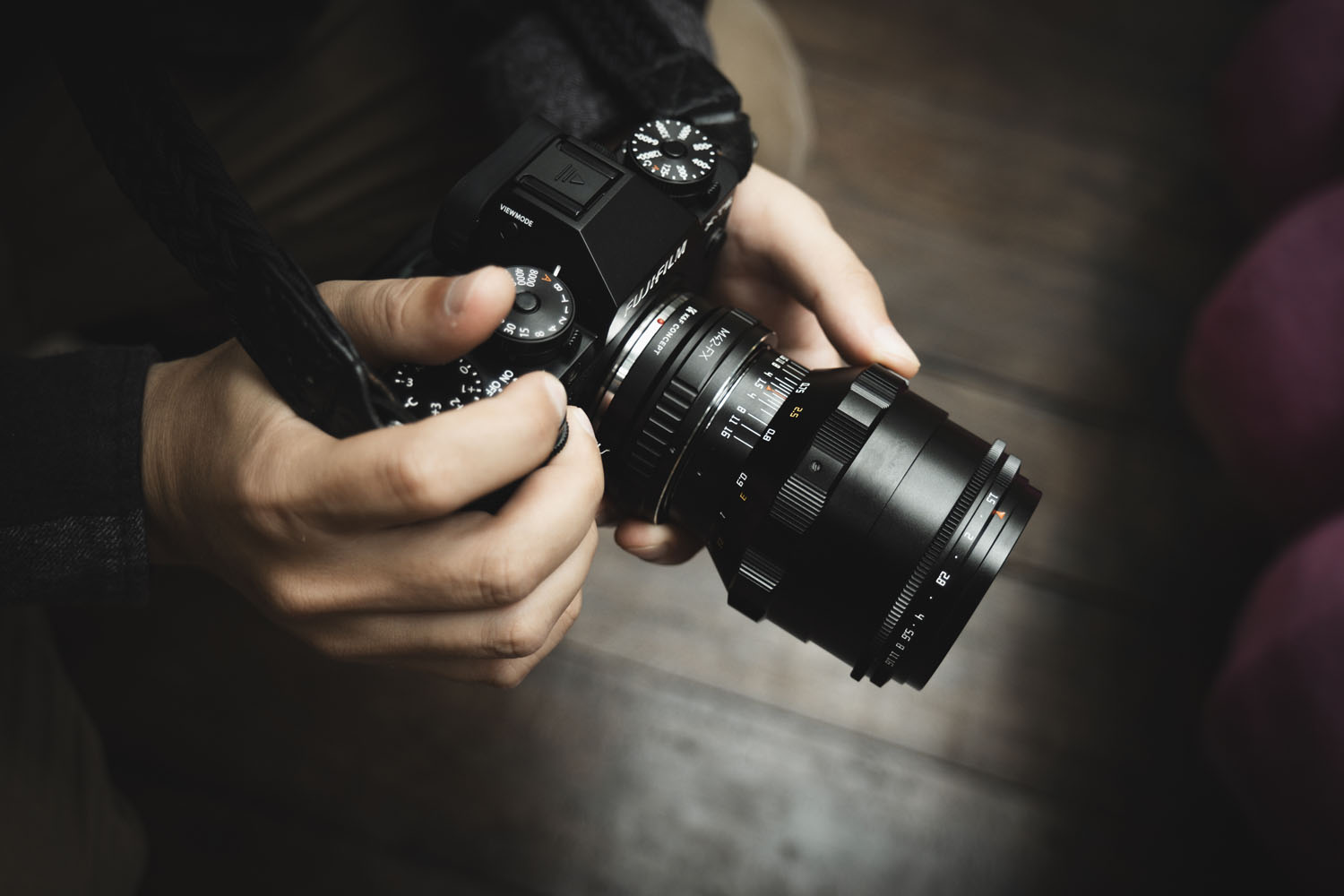

Albert Smith
May 5, 2022 @ 9:49 pm
Thanks for doing this review. If I was using another brand camera then this might be on my list. However the main reason that I chose to go with Fujifilm is the old-school layout of dials and knobs, so the lack of a tactile and marked aperture ring is a deal breaker regardless of the optical performance.
I’ll keep using my 35mm f/1.4 or f/2 for this range.
Alwin
May 6, 2022 @ 2:23 pm
Hi Albert,
Thank you for your time. You’re right, for photographers who already own the XF lenses, this is probably not the choice that worth upgrading. Rather, this could be a good option for newcomers on a tight budget.
Marc Gordon
May 18, 2022 @ 10:14 pm
Thank you for your excellent review. I have had my eye on this lens for a while. I own both the 23mm and 35mm Fujifilm automatic lenses and cannot make a case to add it to my collection.
It looks like a fine lens worth purchasing for someone getting started or needing an automatic focus lens in that range.
Alwin Kok
May 19, 2022 @ 3:56 am
Hi Marc,
Thank you for your comment. Yes, because I cannot find myself a reason to buy if I have own the 23mm and 35mm.
Prathyush Raj
June 13, 2022 @ 5:35 am
Hi,
I have Tamaron 18-300mm and XC 35mm F2 lenses for my FUJIFILM X-S 10. XC 35mm f2 or SIGMA 30mm 1.4 which lense produce overall image quality?. is it wothy to replace sigma 30mm 1.4 with XC 35mm F2? also what about viltrox 23mm f1.4?
Alwin Kok
June 13, 2022 @ 8:17 am
Hi Prathyush,
Since you have the 35mm f2 with you, I suggest you to keep it unless you need that extra stop of light. Maybe you should ask yourself is it worthy to upgrade? It is subjective to individual for IQ. If you are comparing to XF33mm f1.4, I will think you can upgrade to this lens.
For Viltrox 23mm f1.4, I did not have a chance to hands-on. But 23mm focal length is different from 30mm and 35mm. You have a wonder Tamron 18-300mm, which actually covers the focal length you have asked. May I suggest you to find out what is the most common focal length you shoot the most with the Tamron 18-300mm? It should be easy to identify via exif data. Probably you can compile them into data, you can see which is your most commonly used focal length and then you can consider what lens you should get from there.
Hayashi
June 24, 2022 @ 1:32 am
Great review.
I have the 23mm and 50mm f2, which I mostly use 23mm for street, and it’s always on my camera. I like the 23mm wide view, so I can take photos without people noticing while holding it on my side. However, I’m finding that I’ve been cropping images a fair bit when I frame them up in my shot and am thinking of getting the 33mm f1.4 to fill the gap.
This Sigma is appealing since it’s half the price of the Fujinon, but I’m conflicted as I’ve seen both good and bad reviews of the Sigma 30mm. Any advice if I should just take the plunge and get it?